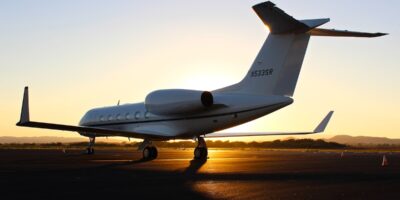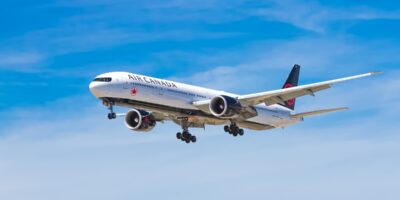Crewtracking: Streamlining Team Management in Modern Workplaces
Crewtracking is an essential tool for managing teams efficiently in various industries. It involves using technology to monitor, organize, and optimize workforce activities. This method enhances productivity, ensures compliance, and improves communication among team members.
Evolution of Crewtracking Technology

Early crewtracking systems were often manual, relying on paper timesheets and physical check-ins. These methods were prone to errors and fraud. The advent of digital technology has significantly improved the accuracy and reliability of crewtracking. Modern systems use GPS, mobile apps, and sophisticated software to provide real-time tracking and data analysis.
Key Benefits of Crewtracking
Reduced administrative burden is one of the main advantages. Automated attendance and time tracking eliminate the need for manual entries, saving time and reducing errors. Real-time location tracking ensures that managers know where their team members are at any given time, enhancing accountability and safety.
Another significant benefit is the optimization of resource allocation. Managers can assign tasks based on real-time data, ensuring that the right people are in the right places at the right times. Crewtracking also facilitates better communication. Instant updates and notifications keep everyone informed and aligned with project goals.
Industries Utilizing Crewtracking
The construction industry is a prime example. Managing large teams across multiple sites can be challenging without an efficient system. Crewtracking helps in monitoring work progress, ensuring timely completion of tasks, and maintaining safety standards. In the logistics sector, it helps in optimizing delivery routes, reducing fuel consumption, and improving customer satisfaction by providing accurate ETAs.
Healthcare is another industry where crewtracking proves invaluable. In hospitals, it helps in coordinating shifts, ensuring that there is no shortage of staff at critical times. It also assists in emergency situations by providing precise locations of medical personnel. The hospitality industry benefits by improving guest services through efficient housekeeping and maintenance management.
Features of Advanced Crewtracking Systems
Modern crewtracking systems come with a range of features designed to meet diverse needs. Geofencing is a popular feature that creates virtual boundaries around worksites. When an employee enters or leaves the designated area, the system automatically records the event. This ensures accurate time tracking and reduces time theft.
Another important feature is task management. Managers can assign tasks through the system, set deadlines, and track progress. Employees receive notifications about their assignments and can update their status in real time. Reporting and analytics provide insights into workforce performance, highlighting areas for improvement.
Implementing Crewtracking in Your Business
Choosing the right system is crucial. Consider the size of your team and the specific needs of your industry. Look for a user-friendly interface and robust customer support. Integration with existing systems can also be a significant factor. Proper training is essential to ensure that all team members are comfortable using the new technology.
Start with a pilot program to identify any potential issues and gather feedback from users. Use this information to fine-tune the system before a full-scale rollout. Regularly review and update the system to keep up with technological advancements and changing business needs.
Challenges and Solutions in Crewtracking
Privacy concerns are a common challenge. Employees may feel uncomfortable with constant monitoring. To address this, maintain transparency about what is being tracked and why. Ensure that data is used responsibly and in compliance with relevant laws.
Technical issues can also arise. Choose a reliable provider with a track record of uptime and responsive support. Regular maintenance and updates can prevent many common problems. Fostering a positive attitude towards the system among employees can also mitigate resistance and improve adoption rates.
Future Trends in Crewtracking
Artificial intelligence (AI) and machine learning are set to revolutionize crewtracking further. Predictive analytics can forecast staffing needs based on historical data. AI can also automate routine tasks and provide actionable insights for decision-makers.
Wearable technology is another emerging trend. Devices like smartwatches can provide real-time health and safety information, alerting managers to potential issues before they escalate. Enhanced integration with other business systems will further streamline operations and improve overall efficiency.
Case Studies
One notable example is a large construction company that implemented a GPS-based crewtracking system. They reported a 20% increase in productivity and a significant reduction in overtime costs. Improved accountability and reduced paperwork were additional benefits.
A healthcare provider used crewtracking to manage their nursing staff. The system allowed for efficient shift planning and real-time updates during emergencies. The result was improved patient care and reduced staff burnout.
A logistics company integrated crewtracking with their delivery management system. This led to optimized routes, reduced fuel consumption, and increased on-time deliveries. Customer satisfaction improved as a result, boosting the company’s reputation.
Conclusion
Crewtracking is a powerful tool for managing teams in today’s dynamic work environments. By leveraging modern technology, businesses can enhance productivity, improve communication, and optimize resource allocation. With continued advancements, the future of crewtracking looks promising, offering even more opportunities for efficiency and innovation.
“`



